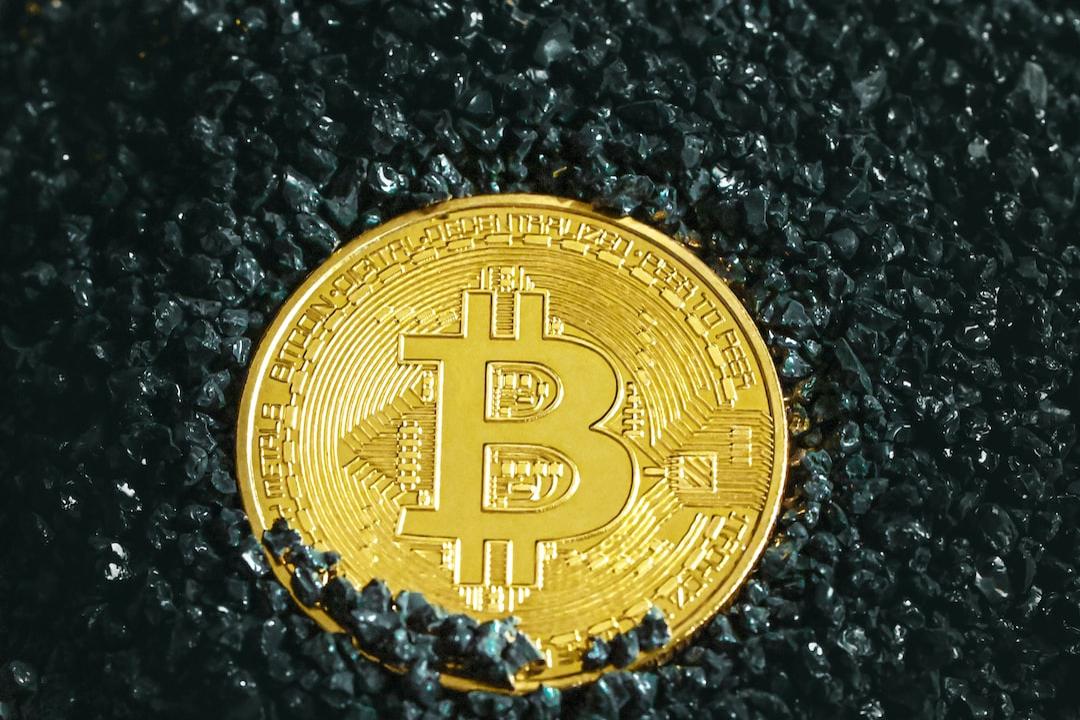Against the backdrop of escalating conflict in the Russia-Ukraine war and the Middle East, gold, as a safe-haven asset, has seen a significant increase in attractiveness. Today, international gold prices reached a milestone of $2,660, setting a new historical high. The price has risen nearly 30% so far this year. At the same time, Bitcoin has also reached new highs in recent months. However, how long will the war hedging effect last?
In the Middle East, tensions have recently escalated, with Israel and Lebanon on the brink of full-scale war. After a series of explosions involving call devices and walkie-talkies in Lebanon, Israel conducted massive airstrikes on targets within Lebanon this week, resulting in a large number of casualties. Hezbollah retaliated by launching rockets at northern Israel. Israel may launch a ground invasion of Lebanon, further escalating the war.
Meanwhile, the Russia-Ukraine conflict has also intensified recently. Ukraine breached the border and attacked the Kursk region in western Russia last month. The fighting between the two sides on the eastern front of Ukraine continues to be intense. In the past few months, Ukraine has been seeking relaxation of restrictions on the use of long-range missiles by Western allies such as the United States and the United Kingdom in order to achieve long-range strikes on targets within Russia.
International gold prices reach new highs
Against the backdrop of escalating geopolitical conflicts, the international spot price of gold continues to rise. Today, it reached $2,660 per ounce, a 1.3% increase to $2,660.74, once again setting a new historical high. The price has risen nearly 30% so far this year.
Bitcoin, also known as “digital gold,” has also performed well recently. In the past two weeks, it has risen by 12%. In the early morning of today (25th), it reached a high of $64,698, approaching the $65,000 mark.
UBS Global Wealth Management recently released a report stating that gold is expected to achieve its best annual performance in 14 years. There are three main reasons supporting the rise in gold and other precious metal prices: further easing policies by the Federal Reserve, escalating tensions in the Middle East and Russia-Ukraine relations, and investment demand from central banks worldwide.
How long will the war hedging effect last?
However, there may be variables in the recent war hedging effect, as the conflicts in the Middle East and Russia-Ukraine, although likely to continue to escalate, may also cool down or come to an end. According to Reuters, Israeli airstrikes on Lebanon have resulted in 569 deaths and 1,835 injuries. The Lebanese Foreign Minister called on the United States on Tuesday, stating that it is the only country that can truly play a role in the Middle East and Lebanon issues, and only the United States can help end the war. President Biden called on all parties to remain calm at the United Nations General Assembly on Tuesday, emphasizing that a full-scale war is not in anyone’s interest, and that a diplomatic solution is still possible even with the current escalation. Ukrainian President Zelensky, who is currently visiting the United States and attending the UN General Assembly, expressed confidence in an interview with ABC on the 23rd, stating that the war with Russia is “closer to an end than we imagine” and actively seeking further assistance from the West. Zelensky is expected to present a “Victory Plan” to President Biden on the 26th and is rumored to meet with Vice President Harris and former President Trump. Zelensky revealed that his plan aims to strengthen Ukraine and force Russian President Putin to negotiate on fairer terms.
Related Reports
Three Golden Rules for Understanding the “Fundamentals” of Cryptocurrencies
Has Bitcoin Lost its Safe-Haven Status? Reasons Why BTC Hasn’t Followed Gold’s Rise
Collapse is Coming! Gold Guru Peter Schiff: Market Expectations of Rate Cuts Have Created a Bubble, “The Federal Reserve Should Raise Rates,” Bitcoin Cannot Be America’s Reserve.


